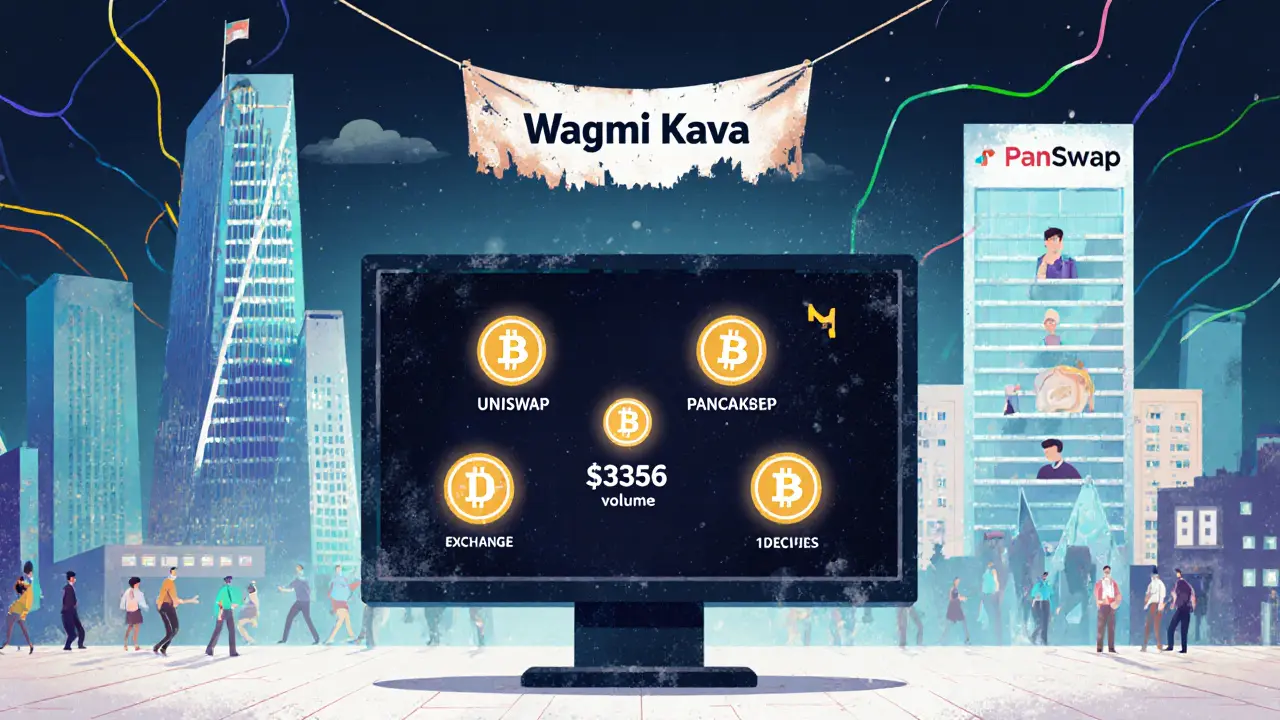Decentralized Exchange 2025: Top DEXs, Risks, and What Actually Works
When you hear decentralized exchange, a crypto trading platform that runs on blockchain without a central company controlling your money. Also known as DEX, it lets you swap tokens directly from your wallet—no sign-ups, no KYC, no middleman. But in 2025, most DEXs are either dead, fake, or too broken to use. The hype said DEXs would kill centralized exchanges. Instead, most just faded away.
Real DEXs in 2025 aren’t about flashy interfaces or big marketing. They’re about liquidity, the amount of tokens available to trade at any moment and on-chain volume, actual trades happening on the blockchain, not just fake numbers on a website. Look at Uniswap v3 on Celo, a low-cost DEX built for mobile users in emerging markets where stablecoin trading is common. It works because it’s simple, cheap, and has real people swapping USDC and CELO every day. Compare that to IceCreamSwap (Blast), a DEX with $0 trading volume as of October 2025. It’s a ghost. No trades. No users. Just a website pretending to be alive.
And then there are the scams. LocalCoin DEX, a fake platform designed to steal deposits from new crypto users isn’t a real exchange—it’s a trap. Same with SharkSwap, a DEX with no team, no audits, and zero trading activity. These aren’t platforms—they’re phishing sites dressed up like crypto tools. Even HB DEX, a built-in swap feature in HB Wallet, is outdated in 2025. It only handles Ethereum tokens, has no cross-chain support, and lacks the liquidity serious traders need.
What makes a DEX worth using today? Three things: real volume, clear risks, and no promises. Wagmi on IOTA EVM isn’t for everyone—it only supports two pairs and no fiat—but if you’re deep into IOTA, it’s one of the few feeless options left. Coinbit? Once popular, now dead. HaloDeX? Too risky without fiat on-ramps or security details. The winners aren’t the loudest. They’re the ones still trading, still updating, still transparent.
By 2025, the DEX landscape isn’t about choice—it’s about survival. Most platforms vanished because they didn’t solve real problems. They didn’t offer better prices, faster swaps, or lower fees. They just copied the name. The ones left are either niche tools for specific chains, or they serve users in places where traditional finance doesn’t reach. If you’re looking to trade, skip the hype. Check the on-chain data. Look for volume that’s real, not inflated. And if a DEX doesn’t show you who’s behind it, walk away. The best DEX in 2025 isn’t the one with the most features. It’s the one you can actually use without losing your money.
Below, you’ll find real reviews of the DEXs that still work—and the ones you should avoid at all costs.
Wagmi (Kava) Crypto Exchange Review: Is This DEX Worth Trying in 2025?
Wagmi (Kava) is a barely-used crypto exchange with $356 daily volume and almost no users. Despite being tied to the Kava blockchain, it offers minimal liquidity, no support, and zero industry recognition. Avoid it for anything beyond experimental trades.
Details +